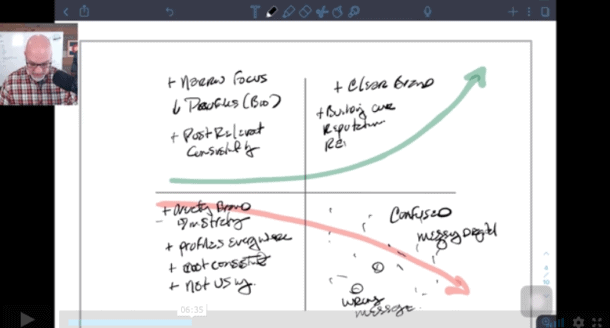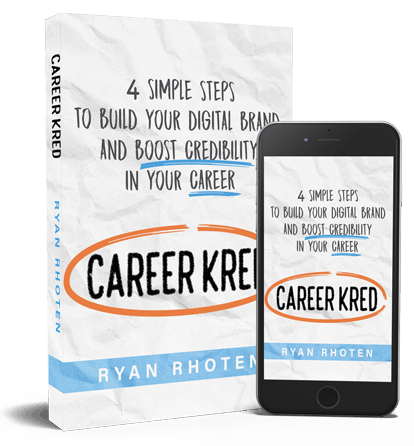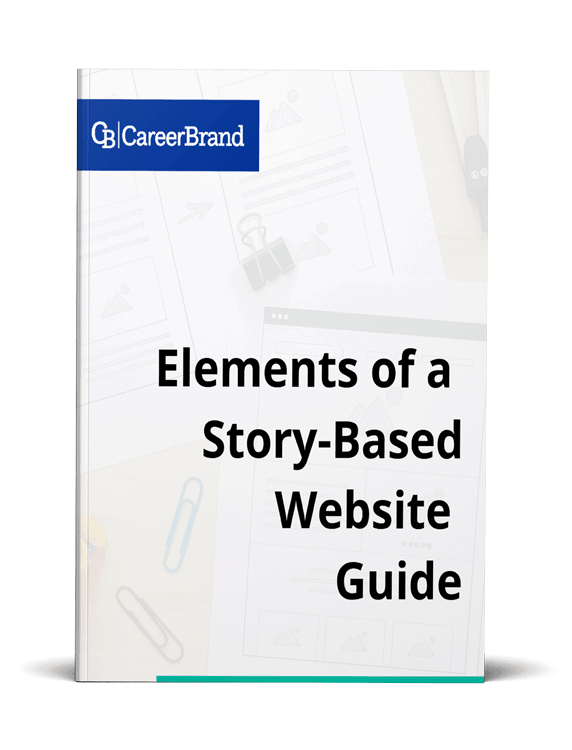Understanding what you are naturally good at is critical for you professionally. By engaging in work that requires you to call on your strengths, you will increase your focus and enhance your performance.
The personal branding process always needs to start with understanding your strengths, your inner talent. Knowing this is critical to understanding who you are as a person and what you are good at doing.
Have you ever reached the end of the day and said out loud, “Wow. Today flew by”. Odds are you were working in your strengths zone. Once you know your strengths, you can begin to align who you are, with what you do.
Then you are ready to StandOut.
THE STANDOUT ASSESSMENT – WHAT IS IT
Billed as “the groundbreaking New Strengths assessment,” StandOut was published in 2009 by Marcus Buckingham. Mr. Buckingham worked with Donald Clifton at Gallup, the company that created the StrengthsFinder assessment, where he co-wrote the book “Now, Discover your strengths” with Mr. Clifton.
So what is the difference between StrengthsFinder and StandOut? Good question. Mr. Buckingham addresses this question in detail in the introduction to the book.
Although I’m sure it’s technically incorrect, I view the assessment as a refinement of the StrengthsFinder assessment, yet at the same time, it builds on the research conducted by the StrengthsFinder team. The two are very complimentary.
At its core, StrengthsFinder provides you with positive language to describe yourself. It helps you understand you.
But what do you do with that information?
This is the question that the StandOut assessment seeks to provide an answer to by providing suggestions for potential careers and suggestions on how you can win in various roles.
Instead of 34 strength themes, StandOut makes use of nine strength roles; Advisor, Connector, Creator, Equalizer, Influencer, Pioneer, Provider, Stimulator, and Teacher.
Modeled after the StrengthsFinder book, the StandOut assessment book ($15 on Amazon) provides a brief overview of the assessment which includes the history and backstory of how the assessment was created. The bulk of the book details each of the nine strength roles.
Just like the StrengthsFinder book, The StandOut book provides you with a unique access code that allows you to take the assessment online.
NOTE: Do NOT buy the book at a used book store. If you do there is a good chance (read as 100%) that the access code has already been used thus rendering the book worthless for taking the test.
Find out how the StandOut assessment can help you. Take the personal brand quiz and see how well you StandOut from the competition.
Plan on taking a half hour to complete the StandOut assessment. Once you've finished, you get a fifteen-ish page report, ranking and detailing your top Two (2) Strength Roles.
You will get details for each strength role individually as well as combined, which I found interesting and unique. Unlike the StrengthsFinder assessment, you get to see how you ranked for the remaining seven strength roles.
Each strength role is divided into multiple sections that include detailed insights such as:
- You are your most powerful
- Phrases to describe you
- How to make an immediate impact
- How to take your performance to the next level
- What to watch out for
MY RESULTS – TOP TWO STRENGTHS ROLES AND RANKING
Here are all nine of my strength roles. I’ll cover some details below for the top two.
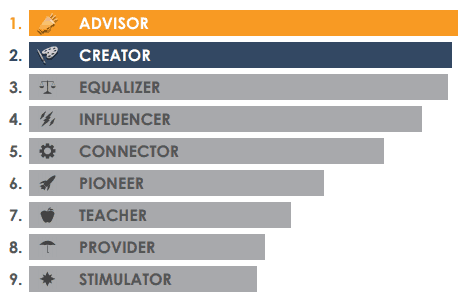
Advisor
This is the StandOut assessment’s definition for the strength role of Advisor.
You are a practical, concrete thinker who is at your most powerful when reacting to and solving other people’s problems.
This is so closely correlated to my number one strength theme on the StrengthsFinder assessment; Strategic. Both strengths directly speak to solving a problem but the StandOut assessment takes the results further, giving me deeper insights by dividing my results into the sections noted above.
Here are a some phrases from a few of the sections that most resonate with me.
Advisor: You, at your most powerful
“You are a problem solver. You are not fazed by complex situations, because, when faced with a challenge, you break it down into its component parts. You are a sequential thinker, someone who excels at “delayering” problems, “unstacking” them.”
“You are a practical, concrete thinker. You think in terms of “steps” and “modules.” The language you use is: “Here are the steps I recommend”; “Write down these tips”; “Here are the materials I've developed.”
These two really resonate with me. When I’m looking at a big complex problem, I tend to view the issue as one big flowchart. I can visually “see” the flowchart take shape in my mind. Every probing question I ask creates another box in the flowchart.
I think anyone I’ve ever worked with would tell you that these two phrases describe me to a “T”. Put a whiteboard in front of me and you will begin to see what I see.
Advisor: How to take your performance to the next level
“You are at your best when you can see the people on the receiving end of your strength as an Advisor. So, as your career progresses, seek out more demanding audiences. “More demanding” might mean “wider”–can you publish your insights in blogs, articles or even books?”
“You will always be at your best when the route ahead is unclear and someone needs to come in, assess all the facts available, and make a decision. Start-ups fit this description nicely. Your career could very well be a series of start-ups that require your particular gift for pragmatic decision-making.”
Reflecting back at some of the more “fond” memories of my career, I recall times where I was teaching employees at a supplier location about Lean manufacturing. Talk about a demanding audience. I have also started a blog (Duh), and I’ve recently started writing my first book.
I am fascinated by start-ups. Not so much the success stories you read about in articles, but more the how-to behind the scenes operational side. I love to hear the founder stories of how they got started; from idea to minimum viable product (MVP).
Advisor: What to watch out for
“You are not at your best running existing operations. It bores you. You are a turn-around person, a start-up person. You are not a builder. So don’t allow yourself to be cast as one.”
“Don't let yourself get promoted too far away from the action. No matter how much money is being offered to you, no matter how enticing your new title will be, never convince yourself that it can be delegated. With you, it can’t.”
I can’t say enough about how this describes me. This section helped to explain why on different occasions, I have been frustrated in a given role. Moving through the corporate ranks, there is a tendency to go after a title, the moniker that tells the outside world that you’ve made it.
For me, however, that title needs to come with an opportunity to be close to the action so I can lead, guide and do what needs to be done in order to be successful. Being promoted to a PowerPoint jockey, no matter how high the role in the organization, is definitely not for me.
Creator
This is the StandOut assessment’s definition for the strength role of Creator.
You make sense of the world, pulling it apart, seeing a better configuration, and creating it.
Think Context and Futuristic from the StrengthsFinder assessment rolled up into one. As the StandOut assessment states, I tend to see the world as a series of collisions between competing parts, pieces, and agendas.
Good thing this never happens in a corporate environment, eh?
When I see all of these collisions, I am compelled to figure it all out. I love finding the pattern beneath the complexities. And, yes, there is always one.
Finding that pattern, that thread, helps me explain why things play out the way they do, or better yet, predict how things are going to play out in the future. Here are some phrases from the creator section that resonate with me.
Creator: You, at your most powerful
“You are relentless. Though at the outset you will not be rushed, as you think on it and think about it, the patterns emerge, these patterns create theories, the theories spark new insights and all of a sudden you are being borne along by these pictures in your mind. You take a while to get going, but once you are off and running, you are hard to stop.”
I had a boss once who “accused” me of moving too slow to get projects started. Of course, that seemed like a bad thing at the time but as you can read, that’s what I’m hardwired to do. After all, it’s not that I’m not moving forward, I’m just taking the time needed to ensure we move in the correct direction.
So take note, future bosses. Give me time on a new project, and I’ll make you look great.
Creator: How to take your performance to the next level
“Take time to muse. You need time alone to let your mind live with the things you’ve seen, and what you’ve experienced, so it can settle into some sort of shape. This thinking time is vital to your well-being—without it, you feel confused and on edge. It is also vital to your performance.”
Instinctively I do this often. I have been known to schedule “me time” on my calendar. This time, to sort through issues or challenges that may be in the mind at the time. This time alone helps me sort through the minutia to find the patterns necessary to proceed.
Creator: What to watch out for
“Others can become discouraged or disillusioned by ideas that don’t quite work. It will be up to you to show them that the experiment itself will have value, regardless of the outcome. Before you present your idea, discipline yourself to describe in detail what could be learned even from the worst-case scenario outcome.”
Ever heard the phrase “fail fast”? To me this means, try new things and see what works. Each time you try and fail is another opportunity to learn.
I have not failed. I’ve just found 10,000 ways that won’t work. – Thomas Edison
In this world of instant gratification, we could all learn a lot from Mr. Edison.
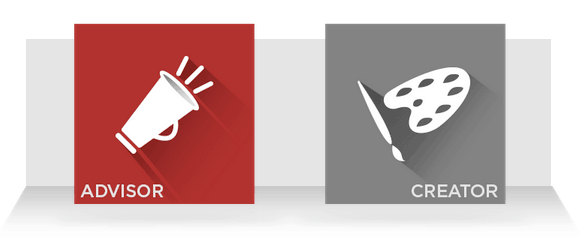
MY COMPARATIVE ADVANTAGE
One of the things I really liked about this assessment was the comparative advantage; taking both of my top strength roles and combining them into one. As an Advisor and Creator my comparative advantage is:
You’re a creative problem solver. You see the full picture and offer practical strategies for filling the gaps.
As with the individual strengths roles the combined strength roles section details out the same insights and matches your combined strengths with one another. In addition, the assessment goes one step further and tells you how to win as:
- A leader
- A Manager
- In Client Services
- In Sales
To me, this is the most powerful part of the assessment. It is what makes the StandOut assessment truly Standout. Understanding how to apply your strengths roles is very empowering, and this assessment lays that out for you.
Rather than dive into section insight for the combined strength roles section, I’m attaching my actual results. This way you can view what an actual report will look like and read all of the insights that come with it. Enjoy.
WHAT DOES IT ALL MEAN?
What was interesting about this assessment for me was how it reinforced the StrengthsFinder assessment results and related my strength roles to my career. This is where I think the StrengthsFinder assessment falls short. Knowing your strengths is one thing. Being able to tie them to a career is something completely different and as I mentioned above very empowering.
Here is the example provided by my ideal career.
You will excel in any complex, multifaceted environment, where the challenge is to see the whole picture and then break it down into its component parts. Think project management, particularly in fields where there are many moving parts, competing interests, ambiguity and a lot at stake.
Although I admit that I’m not in love with the field of project management per se, probably because I hate MS Project, I will say that I do enjoy managing projects as long as the process to do so is not overly prescriptive.
This helps explain why I have gravitated towards startups, software development, lean manufacturing and other continuous improvement practices in my career. All of them start with a “vision” but do not necessarily have a defined path to success.
This ambiguity provides me with the opportunity to break that vision down into its component pieces then put it back together in new and unique ways. It enables me to figure out the best path as I move forward.
QUESTION: Have you tried the StandOut assessment? If yes, tweet me your top two strength roles @RyanRhoten. If not, take some time to consider taking it. You won’t regret it.
